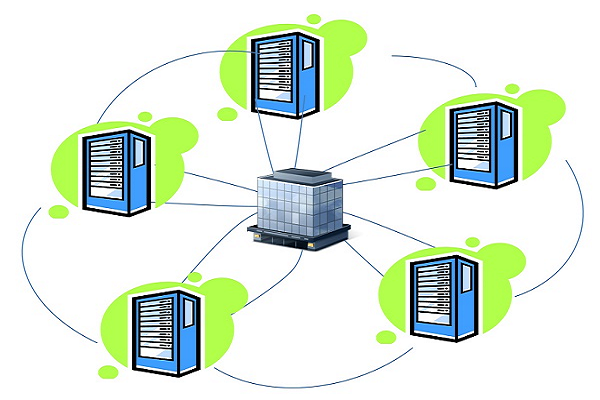Consolidating data in the age of TMI (Too Much Information)

Organizations seeking a competitive edge in today’s market are already adapting new generation of data management solutions. These solutions seamlessly convert multiple sources of data into powerful and insightful assets for enhanced real-time decision-making. Agile enterprises are often faced with the most complex and expensive challenge – exponential growth of data, inaccuracy of manually assembling inconsistent, redundant, and outdated data. To respond quickly to changing market and economic conditions, while keeping costs down is today’s biggest challenge for the organizations in the domain of Big Data.
Integration of data from a variety of internal data sources such as enterprise resource planning (ERP), customer relationship management (CRM), business intelligence (BI), and legacy systems, as well as external data from partners, suppliers, or syndicators, can result in high development costs and extended project timelines. Moreover, too much data can introduce huge integration cost, such as expenses for purchasing data and resources for integration and cleaning. Further, along with low-quality data it can even deteriorate the quality of integration results instead of bringing the desired quality gain.
Here are some cost effective solutions to integrate data from multiple sources:
- Choose a flexible data integration architecture that offers a broad set of technologies and tools to create customized integration solutions. There are multiple variations of databases, the platforms on which they are deployed and where the platforms reside. However, the best-in-breed data integration products are known to support multiple data formats, transform data between formats, provide functionality such as Change Data Capture to reduce time and stress on operational databases, and to make real-time data access a reality.
- Solutions that are designed to work with existing on–premises or in-the-cloud infrastructure to connect disparate systems together using open standards. Architecture that makes it easy to deploy and manage database clouds, consolidate multiple databases quickly, and automate data; and for compressing and tiering data at a higher density, maximize resource efficiency and flexibility are essential.
- Solutions that are priced to match the budgetary and resource constraints. Solutions that will address as many functions as possible (including support for multiple databases and systems) at a cost relative to a percentage of existing IT system investment are desirable.
- Solutions that will not require you to add more staff. Management of data requires people. But when implementing automation of data and integration projects that should ideally lead to freeing up resources for other projects.
- Choose data integration solutions that pay for themselves within one year (in some cases half that time) of implementation.
- Solutions that provide a base for streamlining, synchronizing, and automating business processes with increase in flexibility especially if it comes with built-in scalability.
At Agile Soft Systems, we leverage customizable solutions to help empower your ultimate goal- strategic real-time decision-making. We deliver appropriate technology in suitable methodology to integrate data from multiple sources to deliver optimal quality data while keeping costs down.